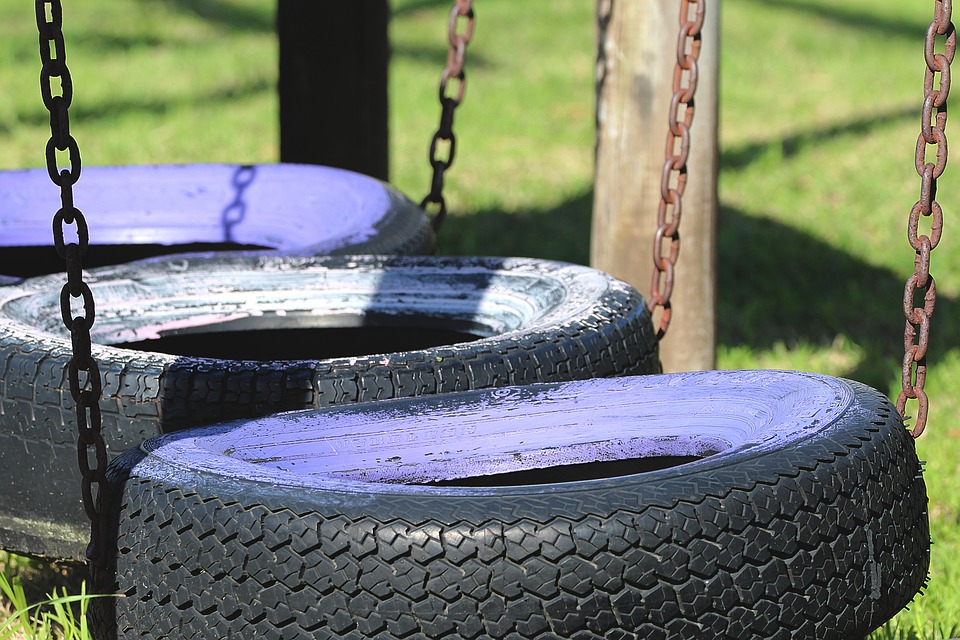The nature play movement has been well and truly embraced in Western Australia. With countless benefits to our children, including increased physical activity, increased creativity, enhanced cognitive skills and problem-solving ability, it easy to see why so many schools are eager to include a nature play area on their campus.
Constructing a nature play area at school (or even at home) does not need to be an expensive exercise involving the use of a structured design and brand-new materials. In fact, most of us would have grown up with nature play that consisted of building forts with stray branches, making mud pies or gathering a rock collection! This is referred to as “loose parts play” and has its own benefits — cheaper to create, can be re-designed daily by kids, accommodates all abilities equally, encourages social interactions, and becomes more engaging over time as the children’s skills develop.
Here are some examples of loose parts you can included in a nature play area on a budget, and with the option to source recycled materials:
- Rocks/pebbles of various sizes
- Tree branches
- Bamboo
- Sand
- Leaves
- Sticks
- Water
- Tyres of various sizes
- Milk crates
- Cardboard tubes
- String
- Shade cloth
- Clothes pegs
- Old kitchen utensils, mixing bowls, saucepan, colander etc
And while a nature play area will help to develop a child’s ability to assess risk, this does not mean you should throw all safety out the window! Tracy Blaszkow from the Kidsafe WA Playground Advisory Service suggests the following safety-related factors be considered in the design of nature-based play areas:
- Ensure the fall height is less than 1.8m (early childhood) or 3.0m (all other settings)
- Ensure a minimum clearance of at least 2.5m around each item of equipment/natural play element
- Ensure there is impact absorbing material under all items of equipment/natural play elements over 0.6m in height
- Ensure the play area is free of head entrapment spaces
- Ensure your design allows for supervision in early childhood and school settings
- Ensure items such as boulders and logs don’t have sharp edges and are resting stable in the ground
FOR MORE TIPS VISIT WWW.PLAYGROUNDIDEAS.ORG
Playground Ideas is a non-profit organization that supports anyone, anywhere to build a stimulating space for play using only local materials, tools, and skills. They have helped build 1455 playgrounds in 85 countries and champion the power of play for all kids. You can download ideas and plans to create a low cost and creative playspace!








